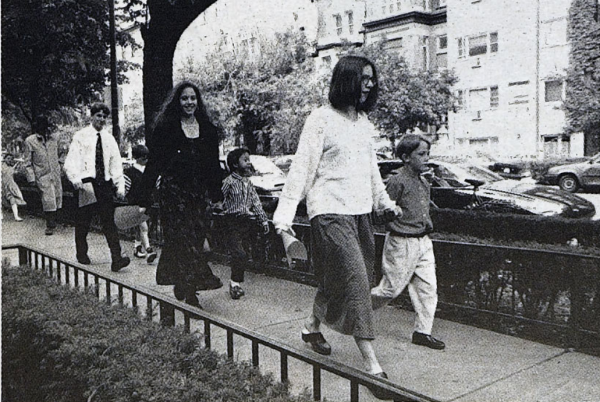Windy City or Rat City?
Limited edition t-shirt “celebrating” Chicago’s top spot.
The year 2023 marks Chicago’s ninth at the top of Orkin’s Rattiest Cities List, with Los Angeles and New York competing for second place. This undesirable status of the United States’ most rat-concentrated city is a strong motive for Chicago officials to implement successful rat mitigation tactics. But what could the Windy City possibly be doing to have more rats than New York, a city known for its rodent infestations?
Rats can live in trash, cardboard, walls, and more, according to Orkin. According to The New York Times, Chicago’s abundance of rats is due to the plethora of old buildings with structural problems that provide plenty of nooks and crannies for rats to hole up in.
“You would think it’s strange that we have so many rats in Chicago, because there are the alleys, so the trash is in the can,” sophomore Emma Vallenilla said. “In New York the trash is on the street, you know? So I guess it’s because they actually have a place to live here.”
However, sophomore Izzy Schafer’s take on the rodent rift differs. “Rats in New York are just weirder than the ones in Chicago,” she said. As a result, New York rats are in the news more often, causing the belief that there’s more of them.
All Chicagoans have a rat story. It may not have happened yet, but one day, everyone will experience the horror of a rat crawling up their leg, burrowing into their trash bins, or dying in their heating system. Latin students are not immune to this phenomenon—in fact, many have reported gross rat sightings throughout Chicago, especially near their homes.
“We actually just had our trash cans in our alley replaced because the rats chewed through the old ones and then were infesting the garbage cans,” sophomore Ava Nelson said. “They scare me.”
And Ava is not alone in this fear.
“There was one year,” Izzy said, “where, during the winter, a rat got into our heating system and died. I don’t know if you’ve ever smelled [a] dead rat, but it doesn’t smell good. And that meant that for that entire winter, we couldn’t use our heating system, or it would smell like dead rat.”
In these vile situations, Izzy and Ava could only take reactionary measures such as replacing trash cans and removing dead rats. However, Orkin noted that when it comes to pest control, “The good news is homeowners and business owners can help prevent rodent infestation troubles by taking a proactive approach in eliminating entryways into their home and business.” They can prevent the disease rather than treat it.
Emma’s neighborhood has a variety of rodent reduction tactics. “Two buildings down, they had street cats to try and help with our rat problem,” Emma said. “But the building next to ours on the other side put [out] rat poison. And so then a cat ate a rat that got poisoned and so then the cat died in our driveway.”
To quash this rat crisis, other cities are employing authorities to enact rodent policies, such as New York’s rat czar. Chicago would need to take similar aggressive action to lessen its own infestation. Perhaps this implementation of a powerful figure, a czar, is just one reason New York City has fewer (and weirder) rats than Chicago.

Roxie Lara (’26) is elated for her third year on The Forum and first year as Continuous Coverage Editor and Media Editor. She’s an avid rock climber,...





















































